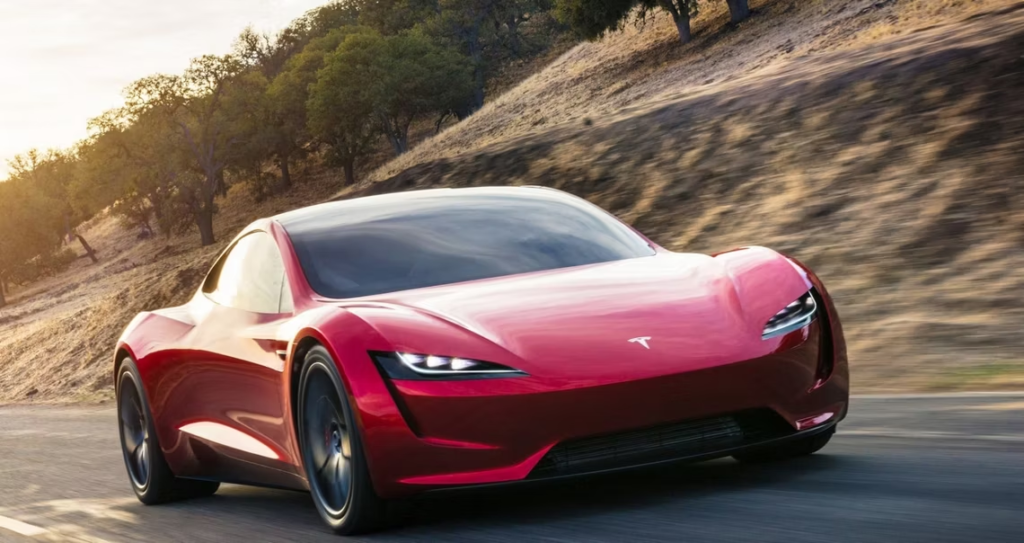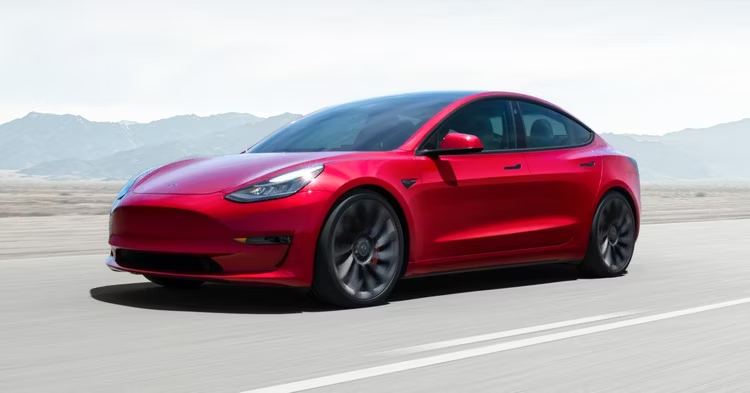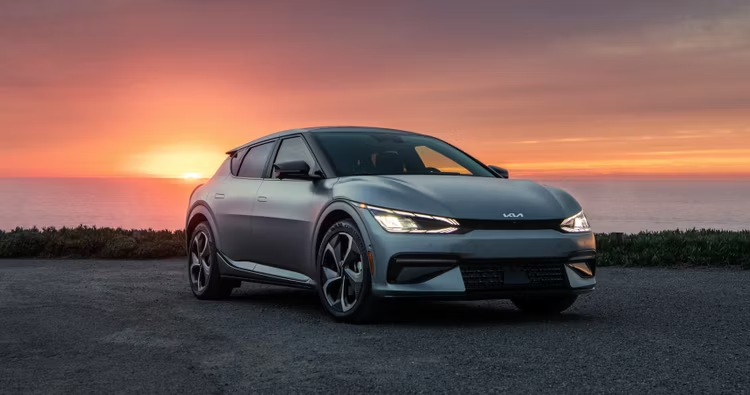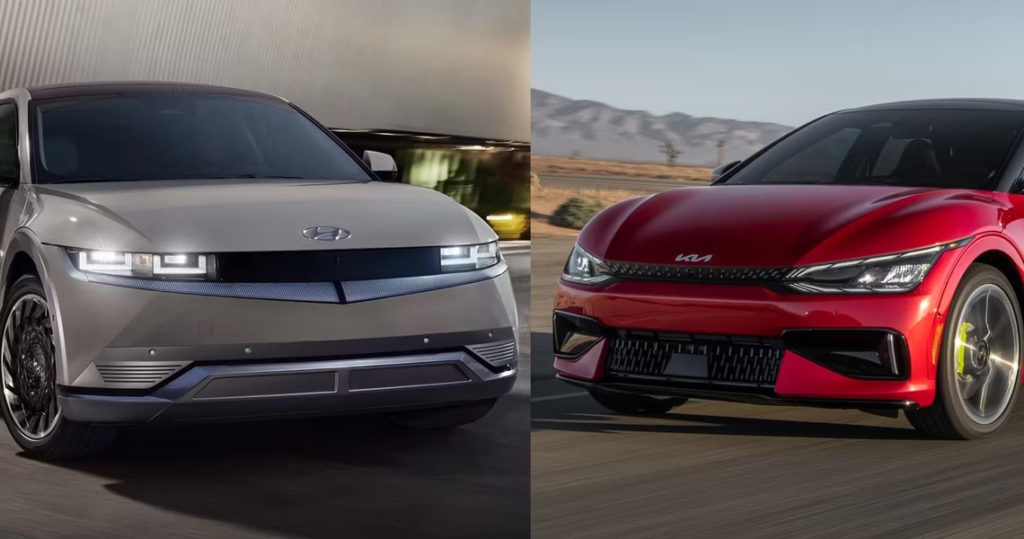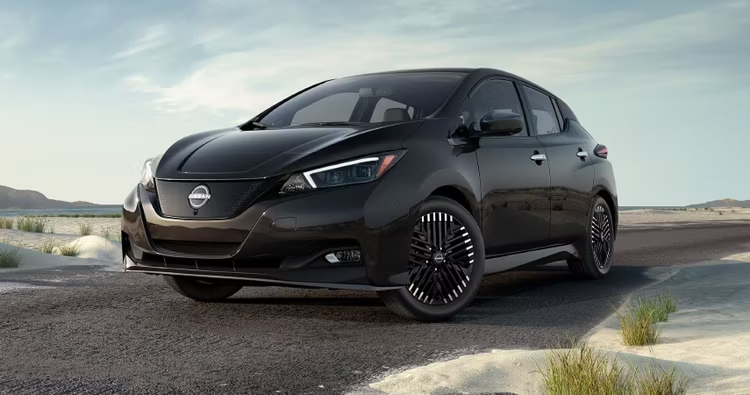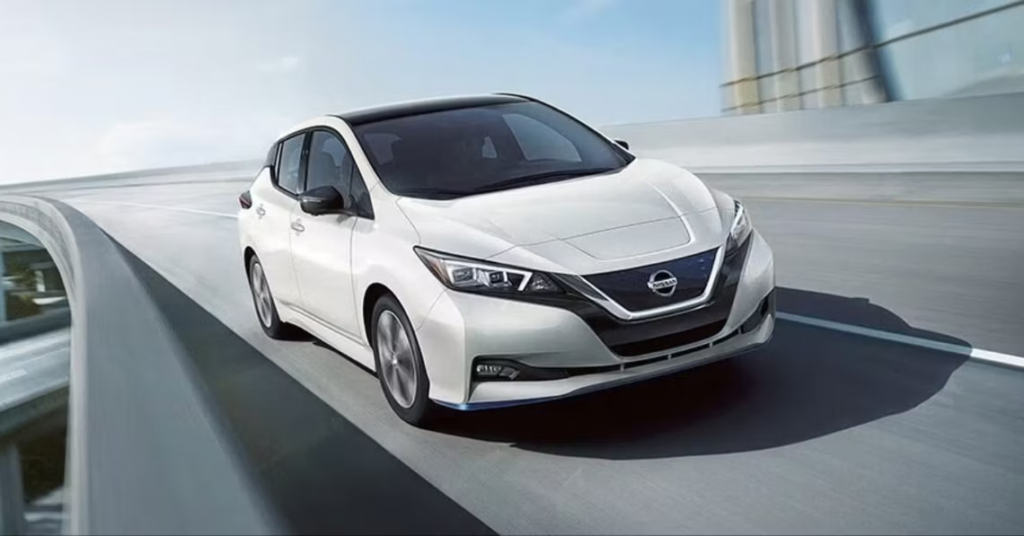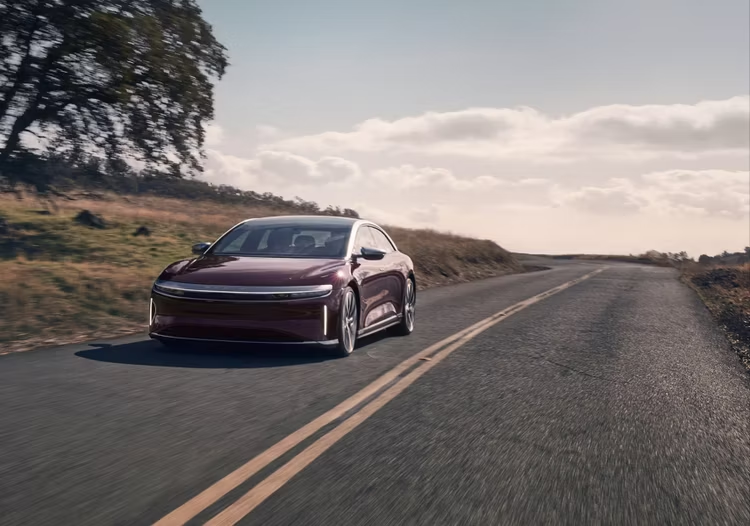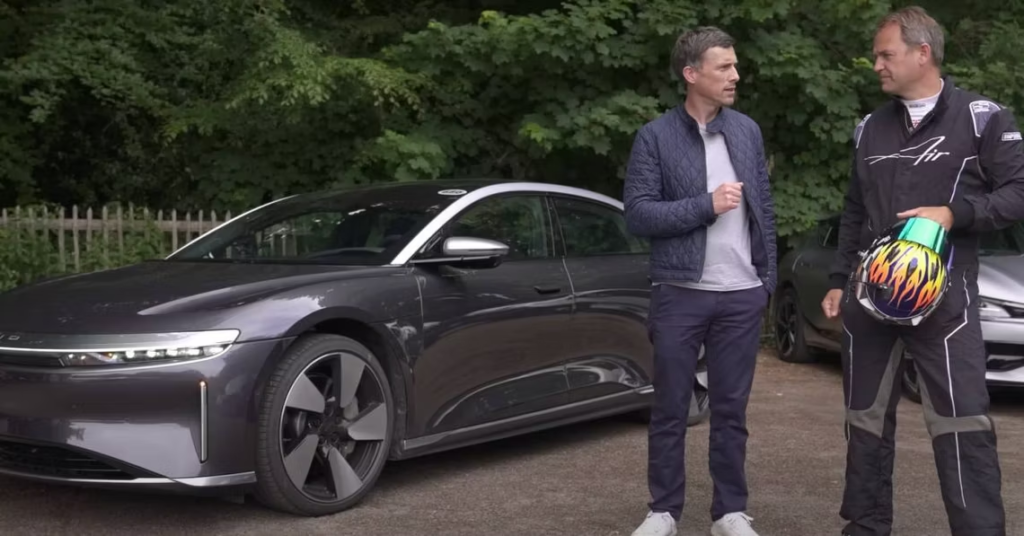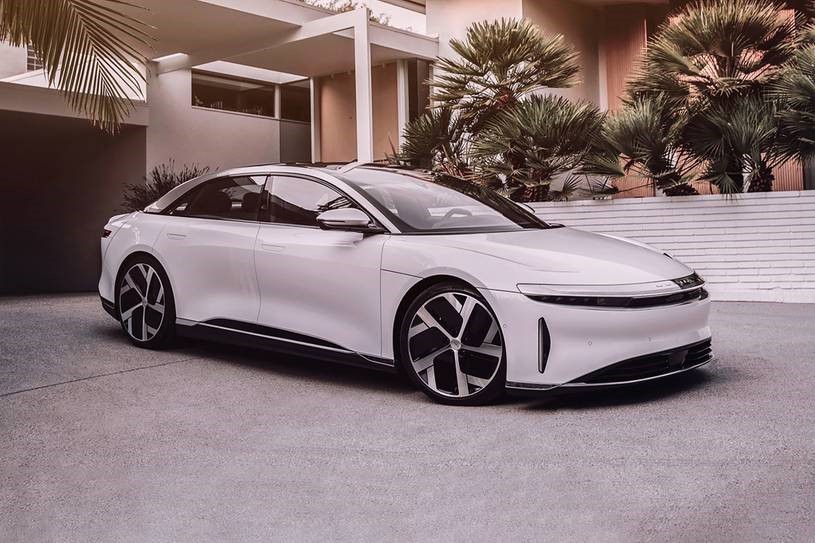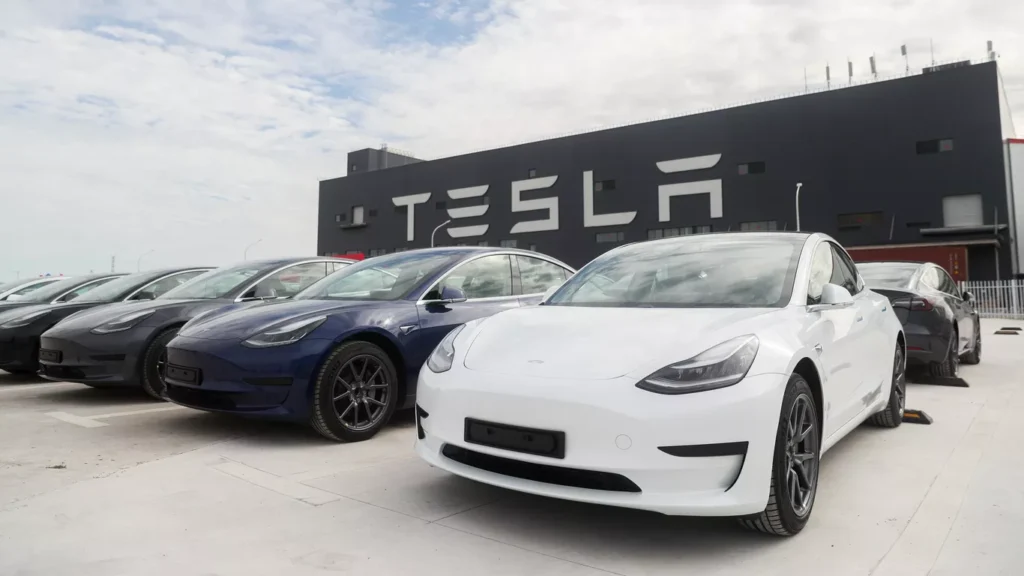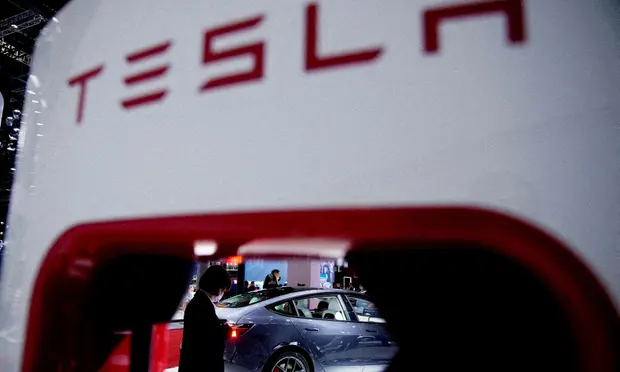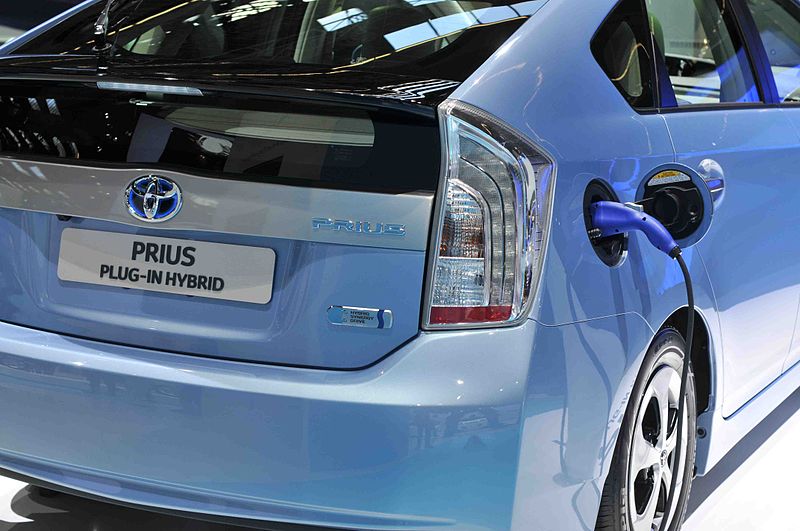Alternative Fuel Vehicles: Electric vehicles, Hybrids, and PHEVs
An alternative fuel vehicle runs on alternative fuels rather than traditional fuels like gasoline i.e. petrol or diesel. Alternative fuel vehicles are new technology vehicles like electric vehicles, hybrid vehicles, and solar-powered vehicles.
What are the Hybrids, Plug-In Hybrids, and Electric Vehicles?
The hybrid and plug-in hybrid vehicles use less gas than traditional gasoline fuel vehicles, while the battery electric vehicles uses no fuel at all.
This is the new era of electric and hybrid vehicles as the global state governments are announcing various plans to ban the sale of gasoline (petrol & diesel) powered vehicles by 2035. This restriction is in favor to support the clean and green environment globally and even the economic growth of the nation as well as the individuals.
Hybrid and plug-in hybrid vehicles use electric motors and gasoline engines. Pure battery electric vehicles remove the gasoline engine altogether and are based on the large battery packs used to give the power to the electric motor for the propulsion of the vehicles.
Today we can find hybrid electric vehicles (HEVs), Plug-in hybrid vehicles(PHEVs), and battery electric vehicles (BEVs or EVs) in almost every vehicle segment and almost in all major car manufacturers globally.
Hybrid Electric Vehicles: Equipped with Engines, Motors, and Small Batteries.

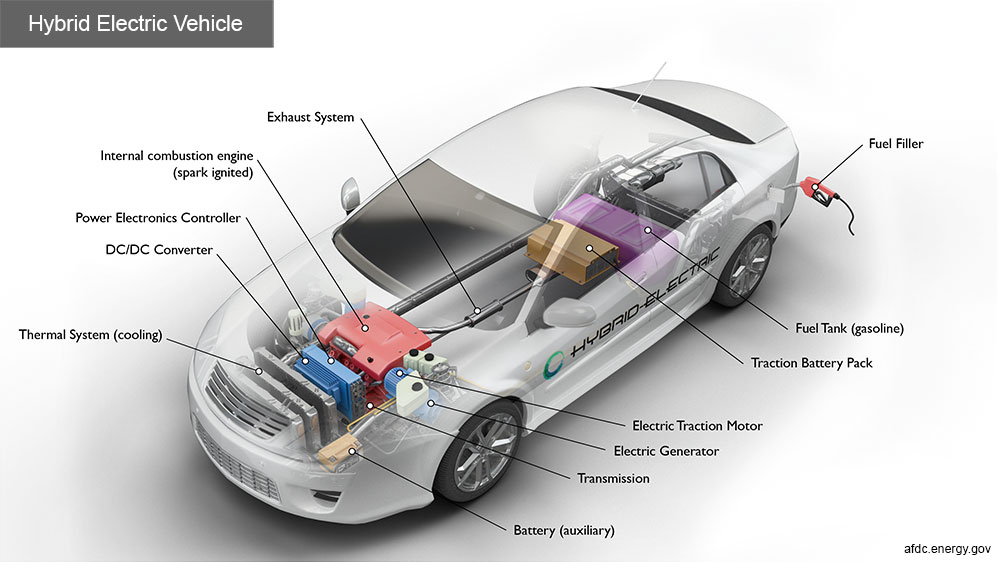
The most common alternative fuel vehicles are gas and electric hybrid vehicles. These hybrid vehicles use both the gasoline engine and the electric motor for their propulsions. Hybrid cars carry a small battery pack that is charged by the vehicles’ gasoline engines and by converting the car’s motion to energy when coasting or braking.
Regenerative braking is the process of capturing energy from the motion of the electrified vehicle itself. A traditional hybrid car is self-charging. And hybrid vehicles do not get electricity from any external source, as it is in the case of other electric vehicles.
From last, more than 20 years’ hybrid vehicles are widely available in the U.S. In 1997, Toyota Prius was the first mass-produced hybrid vehicle.
These hybrid electric vehicles have continued to grow in popularity with some 50 models currently available for sale. During the braking, stops, and starts of the vehicles, the battery in gas-electric hybrids is charged from the engine.
Plug-In Hybrids Electric Vehicles: Equipped with Engines, Motors, and bigger Batteries.
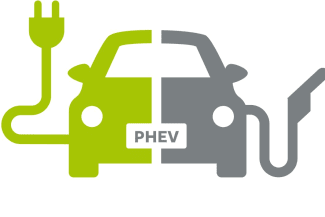
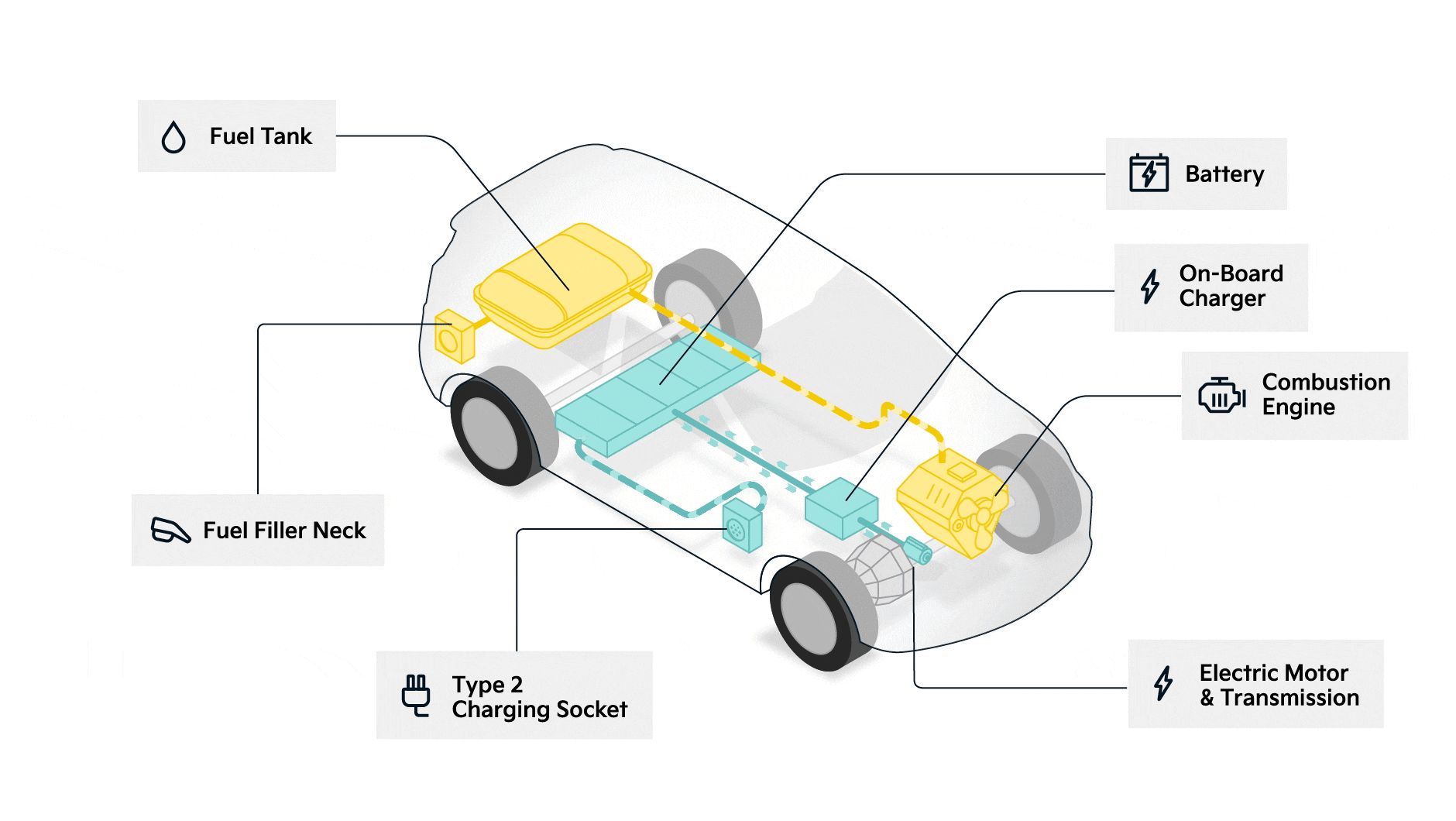
Another type of hybrid vehicle is the plug-in hybrid electric vehicle (PHEV). The difference between a PHEV and a traditional hybrid is the ability of the plug-in to charge its battery from an external source, such as a household outlet, home charging station, or public EV charging station.
Plug-in hybrid electric vehicles (PHEVs) have much bigger battery packs and can move considerably longer miles on electricity itself than any non-plug-in hybrids. Some PHEVs range even more than 30 miles on electricity only. When the battery pack starts weakening, the vehicle’s internal combustion engine starts working seamlessly. Thus hybrid cars operate with the two power inputs working together as and when required.
E.g.: Toyota Prius Prime 2022, Jeep Grand Cherokee 4xe 2023, and Chrysler Pacifica 2022 are based on the hybrid system to increase efficiency.
Battery–Electric Cars– Equipped with Electric Motors and Bigger Massive Batteries.

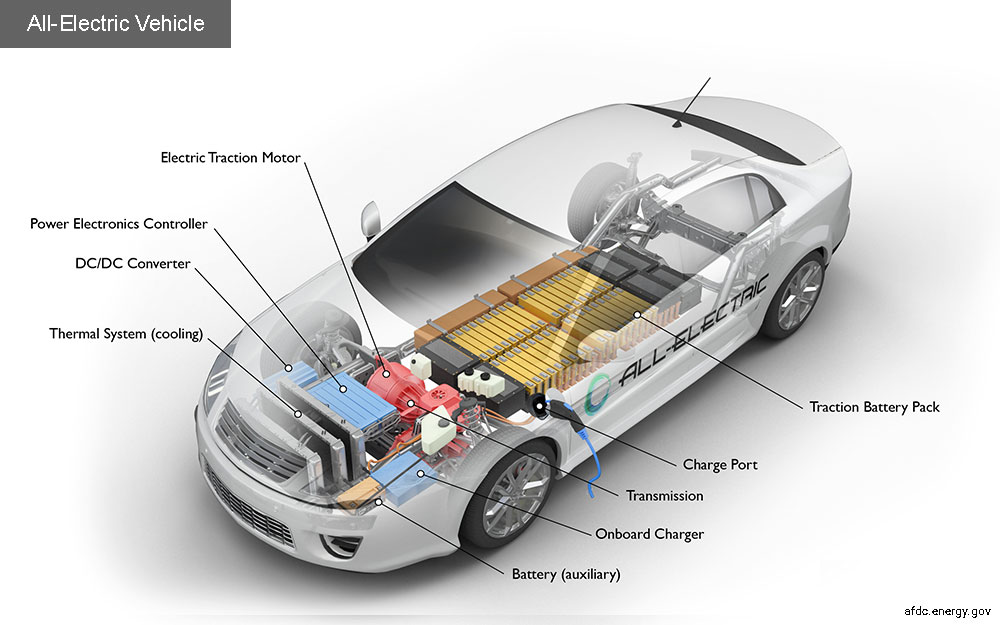
Battery electric vehicles i.e. BEVs or EVs is an electric motor-propelled vehicle. In BEVs, there is no I.C.E (internal combustion engine), the vehicle is powered only by electric motors. These electric motors are run through the massive larger battery packs installed below the floor of the vehicle.
The B.E.Vs are charged either through external charging sources or by the regenerative energy from the coasting or braking of the car itself. There is no exhaust emission tailpipe as the BEVs don’t burn any gas and hence creating zero emission.
E.g.: Nissan leaf 2023, Tesla Model 3, 2022, Ford F-150 lightning, Mercedes-Benz EQS 2022, and Volkswagen ID.4,2022. Many other EVs are available in the market many more are upcoming.
- Charging of the alternative fuel vehicles:
Charging Facts:
| Charging Options | Level 1 (120V)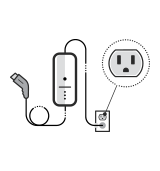 | Level 2 (240V) | Direct-current (DC) Fast Charging |
| How the Charge ports looks like on the vehicle? |  |  | 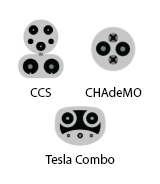 |
| How fast do they charge? | About 5 miles per 1 hour of charging. | About 25 miles per 1 hour of charging. | 100 – 200 plus miles per 30 minutes of charging. |
| Where can I find them? | In our house/garage Possibly at your apartment/condo and workplace. No need to install anything; most automakers provide charger cords with vehicle purchase. | In our house/garage (You will need additional equipment) Possibly at your apartment/condo and workplace. At public charging stations. | At public charging stations. Limited availability, though becoming more common. |
- Charging: The Hybrids:
Hybrid vehicle charging is done through their gasoline engines, regenerative braking & the energy recovered from coasting or sliding of the wheels. In hybrid vehicles, the charging is done internally, with no need to connect to an external charging source. Charging in the hybrid is an automatic operation and the driver is not required to do anything to perform it.
- Charging: The Plug-in Hybrids:
The basic difference between traditional hybrid and plug-in hybrid vehicles is the ability of the plug-in vehicles to receive an external electric source to charge the battery. PHEVs can be charged with a Level 2 household charging system or with public charging stations.
Plug-in hybrid vehicles can also charge batteries from the vehicle’s gas engine and the regenerative braking functions. Simultaneously gasoline is needed to fuel the internal combustion engine of the PHEVs.
A typical type of plug-in electric vehicle requires only a couple of hours to fully charge its batteries from level 2 charging stations.
These vehicles cannot be charged from common public DC fast charging stations.
- Charging: The Battery-Electric Vehicles:
Battery-electric vehicles are required to charge their batteries from external charging sources.
The electric charging power may be from the Level 1 household 120V outlet, from a level 2; 240V home & public power station, or from a DC fast-charging public station.
Mostly the Battery –Electric drivers use to charge their vehicles overnight at home only. They also try to charge their vehicles in the middle of the night when the electricity is at its cheapest rate.
For longer trips, the battery-electric drivers use to take advantage of public DC fast chargers.
The Three charging standards in the US for fast charging are:
- CHAdeMO: An aging standard only used by one EV model currently on sale.
- SAE Combo: The most commonly used type of fast-charging plug.
- Supercharger: The fast-charging network of Tesla’s proprietary.
Fuel Economy and the Range of the vehicles:
Hybrids Fuel economy & Range:
Hybrid vehicles have excellent fuel economy and a very less tailpipe emissions as compared to conventional gasoline-powered vehicles. The hybrid vehicles can go over 300 miles with the full capacity of the tank.
For example, the 2022 model Toyota RAV4 with all-wheel drive is the best hybrid in its segment.
Plug-in Hybrids Fuel economy & Range:
The plug-in hybrids have better fuel economy than regular gasoline vehicles and hybrids.
The plug-in hybrids have two ratings for their fuel economy. One is the no external charging like the traditional hybrids and another one is the charging from external sources.
The MPGe (miles per gallon) is the special rating system, developed by the EPA for the fuel economy comparison between PHEVs and the BEVs to other vehicles.
For example, the gasoline-powered all-wheel drive 2022, Toyota RAV4 has a combined City & highway fuel economy EPA rating is 29mpg. The 2022 model Toyota RAV4 hybrid combined rating climbs to 40mpg. And a very rare model 2022, Toyota RAV4 Prime plug-in hybrid SUV, EPA ratings go up to 94MPGe.
Battery-Electric Vehicle’s Fuel economy & Range:
Battery-electric vehicle buyers mostly care about the range an electric car can drive on a single charge. The EPA publishes MPGe figures as well as certified mileage figures.
The BEVs available in the market are in the range of 100 to 500 miles. The lower-end car with respect to mileage range is the 2022 Model Mazda MX-30 and 2023 model, mini Electric Hardtop cars. The longest-range electric vehicle is the 2022 model Lucid Air Dream, which can go more than 500 miles with a single charge range.
The most available electric vehicles in the marketplace can go between range of 200 to 300 miles on a single charge.
Cost of the Vehicles:
The cost of hybrid vehicles:
Mostly hybrid vehicles are priced a few dollars more than their equivalent gas-powered 2022 segment vehicles. The hybrid model of 2022, the Ford F-150 Platinum pickup is just $2500 higher than the standard V8 engine model vehicle. The 2022, model, Toyota Corolla LE is priced at around $20875, and the price of the 2022, Toyota Corolla Hybrid L.E is at $24050.
The actual cost difference comes from the payback with the fuel savings. Most hybrids get remarkable mileage in city driving as they also get regenerative charging of their batteries. If most of the driving is done in urban areas, a fairly quick price difference is recovered. And on highway driving, it takes longer to get any savings.
The cost of Plug-in hybrid vehicles:
The plug-in hybrid vehicles are equipped with large battery packs and the powertrain of these vehicles is very sophisticated, hence these are significantly more expensive than gasoline-powered vehicles or hybrid vehicles.
The 2022 model Chrysler Pacifica Touring L is priced at $41125, whereas the same model hybrid car, the 2022 Chrysler Pacifica Hybrid Touring L is priced at $49000.
The cost difference can be recovered reasonably quickly if the plug-in vehicles are consistently charged with cheaper options than gas electricity. During larger weekend adventures, money can be saved by commuting with PHEV on electricity alone, rather than using a gas engine.
You can recover the cost difference reasonably quickly if you consistently charge your plug-in hybrid with cheaper-than-gas electricity. In essence, you can save money by commuting with a PHEV on electricity alone, then using the gas engine during longer weekend adventures.
The cost of Battery-Electric vehicles:
Battery electric vehicles are costlier than any equivalent gasoline-powered vehicle.
The 2022 model Hyundai Kona costs $21990, while the base price of the battery-powered same model 2022, Hyundai Kona Electric is $34000.
The Volvo XC40 of the 2022 model costs $36350 and the same model battery electric Volvo XC40 is priced at $53550.
- The Price difference between traditional gasoline vehicles and alternative fuel vehicles can be recovered through the federal, state, and local incentives offered by the respective governments.
- The maximum savings comes from the cheaper price of electricity while charging at home.
Tax Credit and other Incentives on Hybrid, Plug-in Hybrid, and Battery–Electric Vehicles:
Rebate & benefits on Hybrid vehicles:
In the present scenario, only plug-in vehicles are eligible to receive federal tax credits and incentives. Initially, some early buyers of hybrid vehicles get the benefits of tax rebates but now the traditional gas hybrid electric vehicles are not under the special federal tax benefit schemes.
As in the case of hybrids, they don’t use much gas power and even don’t pay as much tax as in the case of pure traditional gasoline vehicles. So higher registration fees are imposed to recover the revenue loss by the governing bodies.
Rebate & benefits on Plug-in Hybrid vehicles:
Significant federal, state, local, and utility buying incentives are applied for many plug-in hybrid vehicles. The available federal tax credits are about from $3500 to $7500 and mostly these incentives are only for the buyers and not for the lesser of the electric vehicles.
At the beginning of the year 2023, federal tax credit eligibility depends on the size of the vehicles’ battery pack, the cost of the vehicles, your earnings and income, the place of manufacturing, and even the source of the components used in the battery pack.
The Plug-in electric vehicle drivers also get special incentives like carpool lane access.
The PHEVs buyers also have to pay the higher registration fee as the hybrid vehicle owners just as the penalty imposed by some states and the governing bodies.
Rebate & benefits on Battery-Electric vehicles:
The incentives from the federal government, state government, local authorities, and utility companies are very much applicable to many new and even used electric vehicles.
The Inflation Reduction Act of 2022, has changed the federal electric vehicle incentives intensely.
Electric vehicle buyers also have to pay the higher registration fee as they do for hybrids and PHEVs.
Emissions from the Hybrid, Plug-in Hybrid, and the Battery-Electric Hybrid Vehicles:
- Emissions from Battery-Electric Vehicles

According to the report of the U.S. Department of Energy Hybrid vehicles produces an average of approx. 46% less carbon dioxide emission yearly.
The tailpipes of the hybrids emit greenhouse gases but not much as it is by the only gasoline-run vehicles.
When the hybrids operate in electric mode, the tailpipes don’t emit any pollutants at all.
Emissions from Plug-in Hybrid Vehicles:

Plug-in hybrid vehicle releases greenhouse gases when it runs on gasoline engines and they don’t produce any emission from their tailpipe while running in electric mode.
Even plug-in hybrid electric vehicles create indirect emissions also as the electricity these vehicles are using is coming from external sources.
And these energy suppliers like coal plants, wind & solar plants, are producing pollutant gas during their production.
Emissions from Battery-Electric Vehicles:
Pure battery-electric vehicles do not produce greenhouse gases directly and there is no exhaust tailpipe. But the electric energy required to recharge the batteries of these BEVs is generated from some power plants, and they creates a carbon footprint.
The electric energy to charge the batteries of BEVs may come either from coal which is generally considered a dirty form of natural gas or the energy and is producing greenhouse gases when burned.
Also, the energy may come from hydroelectric, solar, or wind power sources which create green energy. This is still not very perfect, as in hydroelectric energy sources, the dams interrupt the migration of fishes and the windmills kill the raptors.
Conclusion:
The alternative fuel vehicle is the need and demand of the present and the future. As fossil fuels are depleting day by day and also the carbon emission is the threat to the environment, switching to the electric vehicles is the necessity.
The battery electric vehicles and hybrid electric vehicles are the demand of the new era automotive sectors.
Governments are providing various rebates and Tax relaxation to promote alternative fuels and battery electric vehicles.


